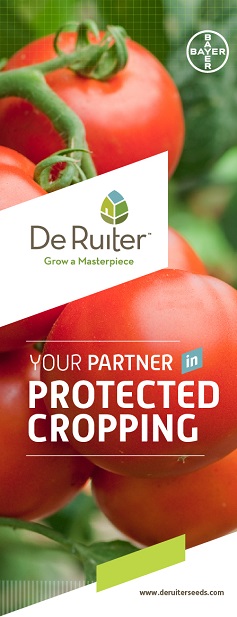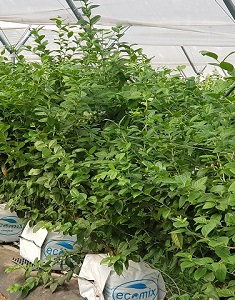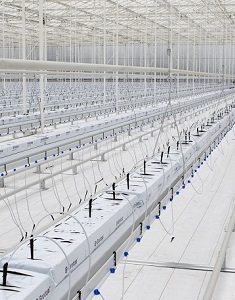Sign up here to subscribe to the Grower2grower Ezine. Every two weeks you will receive new articles, specific to the protected cropping industry, informing you of industry news and events straight to your inbox.
Apr 2019
Public holidays equal two short working weeks

How do you catch up on your plant work?
This year’s Easter period was particularly difficult. If Easter Friday & Easter Monday weren’t hard enough we had Anzac Day in the same week. The only option, for a lot of growers, was to request their staff worked at the weekends. Plants don’t stop growing or producing because there is a public holiday. This is particularly hard on staff who were requested by necessity to work on the weekends only to have three random days off, they possibly did not want during the week. I know how much of a challenge this is.
In a perfect world staff would all be able to enjoy the long Easter weekend break. It just is not feasible, for example, it will be impossible for cucumber growers during their harvesting phase to go five days without picking.
So, for now the only option is to carry out those tasks on the weekends, on days which are not public holidays. The staff costs, on public holidays, is excessive. Unfortunately, growers cannot add a surcharge to the fruit for plant work completed on public holidays.
Catching up:
The weather is still ok and growth rates are still good, so if you have got behind in your plant work then your focus will be on catching up. When you are behind in your plant work, very quickly there is a ‘knock on’ effect. The first thing that will be neglected is pest populations. So often, when the foot is taken off the throat, pest populations quickly increase. This is exactly what I have seen over the past two weeks. Whitefly, in particular, has increased and going into the winter this is the time it really should be under control. If you have been able to control your numbers, then for tomato and cucumber growers, it is an ideal time to start re-introducing IPM. TPP numbers, hopefully, are negligible, therefore you can feel more comfortable moving to IPM programmes. However, if Whitefly numbers are too high then you might have a battle on your hands for the duration.
Having your focus diverted to ‘catching up’ with the plant work may also cause a reduction on the precision of a plant’s growth. Being behind with tasks, such as pruning and leaf removal, can knock the balance of the plant, which, at this time of the year, is crucial as every bit of light counts.
Big vs. Small:
Growers, who are family operations, will have been able to keep up with their normal work load, as they would have taken up the slack and worked on those public holidays, if their staff were away. Bigger growers would have had no choice but to ask staff to work on the weekends, it is not what I believe they would like but it is just a reality.
Being Prepared:
Being prepared in advance for public holidays is all well in good, but even if all your work is up to date, the plant is still going to continue to grow. It would be like milking Daisy the cow a bit harder on Thursday and asking “hey daisy you have the weekend off, and please don’t produce any milk until Tuesday!”.
I appreciate your comments. Please feel free to comment below or on the grower2grower Facebook page:
https://www.facebook.com/StefanGrower2grower/
Article Written by Stefan Vogrincic, Consultant, Grower2Grower
Article Edited by Marie Vogrincic, Editor, Grower2Grower
CLASSIFIED
Subscribe to our E-Zine
More
From This Category

Australian horticulture’s $1 billion annual productivity opportunity

Powdery Mildew: EPA approves Rhapsody, a fungicide containing 218 g/L ipflufenoquin, a chemical new to New Zealand

Calling on suppliers to do the right thing (Hygiene)

Cravo Cricket Houses: New Zealand’s Game-Changing Training Facilities
New tomato varieties from Bayer offer protection against resistance-breaking Tomato Brown Rugose Fruit Virus (ToBRFV)





